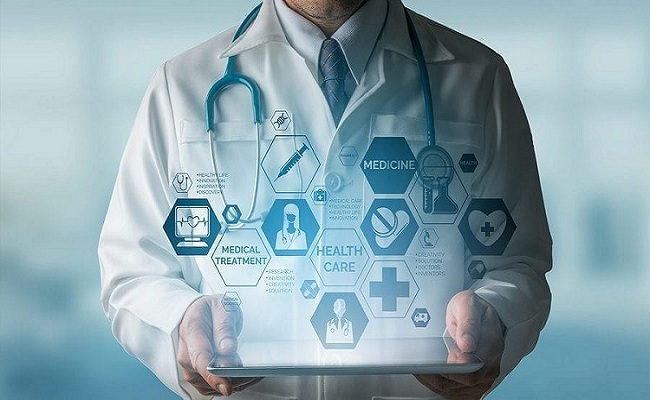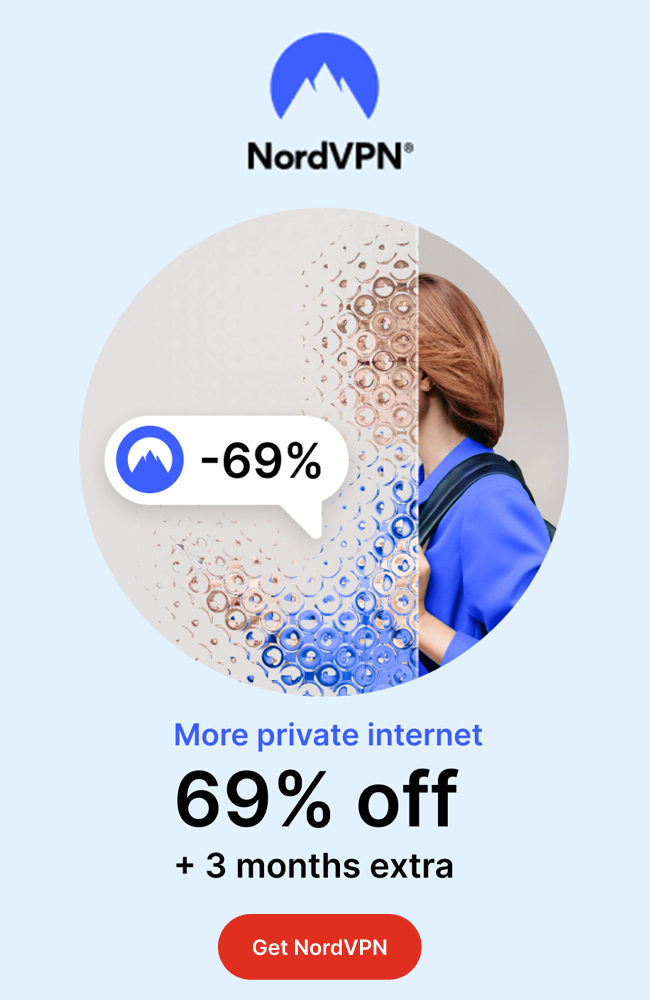Medical science has phenomenally developed in the past few years. Be it radiology to pinpoint the cause of symptoms in people or organ donations with a living donor. The healthcare industry is advancing at an unprecedented rate now than ever before. It is concretely driven by a significant amount of investment and an ageing population.
Rising population, surging demands and a need for the perfect cure is transforming the global healthcare scenario. Thanks to technology, the world is heading towards an era where people are living healthier lives, and medical experts can predict diseases well in time for treatment.
Welcome predictive analysis for healthcare. In spite of being in its initial stages, it is the key to efficiency in organization management, personalized treatment specific to a DNA and more.
According to recent research, the global population will rise to a whopping 8.1 billion by the year 2025. The same year nearly 70 percent of the illness will turn into chronic conditions. Factors like these need a value-based solution, which is only possible with the intervention of data analytics. Predictive analysis is one remedy that uses all the data you throw at it and prepares models that can be used for sustainable healthcare solutions.
Let’s take a look at how predictive analysis is going to change the healthcare industry-
Enhanced Operation Management
Predictive analysis uses analytics and makes predictions about unknown future events that aid in decisions. When it comes to improving efficiency in operations of an organization, predictive analysis along with big data contribute to healthcare organizations’ business strategies.
The technology allows the generation of real-time reports that can be used to monitor the emanation of admitted patients, along with providing the ability to monitor staff performance. This practice can help in situations when there is a surge in patients and staff to patient ratio is left disturbed.
Based on these real-time reports and historical data, managers can efficiently allocate staff and provide better healthcare facilities to people. They can also prepare the organization’s calendar and train staff that specializes in handling a particular segment of patients.
Personalized Medicine
Predictive analysis can play a crucial role in determining personal medicine for patients. Using prognostic analysis, doctors can find the cure of diseases they might not even be familiar at a given point of time.
It’s been known for long that not people are receptive to a particular medicine. This is true because all of us are uniquely made up of individual DNAs whose expressions differ from one another. Even if a medical expert has historical and current data about the patient, it is quite impossible to analyze all of this in detail manually. Predictive models can assist in this and turn this mundane task into personalized treatment for the patient. Research indicates that predictive analytics in the healthcare sector will reach $8.6 billion globally by 2025.
Cohort Treatment
Ever since the wave of digitization swept the world off its feet, data have been abundant. A large number of medical datasets are being produced every day and shared for research with close monitoring.
This data includes medical information along with geographic and demographic conditions. When analytical predictions are made on it, various cohort health patterns emerge.
The patterns can then be used to inform the government and drug stake holders to target medical interventions where it is and will be more required. As a result, the pharmaceutical sector can redirect their supply chain flow to areas where medicines and treatment are more in demand.
Risk of death and diseases
Advanced analytics is closer than we think. Various organizations in the world today have key performance indicators based on their ability to cater and meet emerging medical challenges.
To achieve this, more and more organizations are turning to predictive analysis. One such research at Penn Medicine revolves around helping clinicians make faster and better decisions based on massive amounts of clinical data. By harnessing machine learning for predictive analytics, the organization has been able to identify about 85 percent of sepsis cases nearly 30 hours before the septic shock.
Not only does this mean quicker delivery of treatment but also planning it well in time to not put pressure on the healthcare organizations’ resources. Similarly, the risk of death during surgery is also being identified based on a patient’s current and historical condition, prescription etc.
Conclusion
Digital disruption is happening at a fast pace around the world. This fact is not just changing the old methods of doing things but also the speed at which it is accomplishing things. We can see robots doing surgery, data analysts working for healthcare software development companies, patients seeing doctors online etc.
We can’t deny that traditional doctor and patient relationships are being impacted. But, this change in for good since doctors are now making decisions in the light of more data. Like every technology, predictive analysis indeed has a few risks, but its utility for the healthcare sector is opening multitudinous opportunities for enhanced and informed services.



